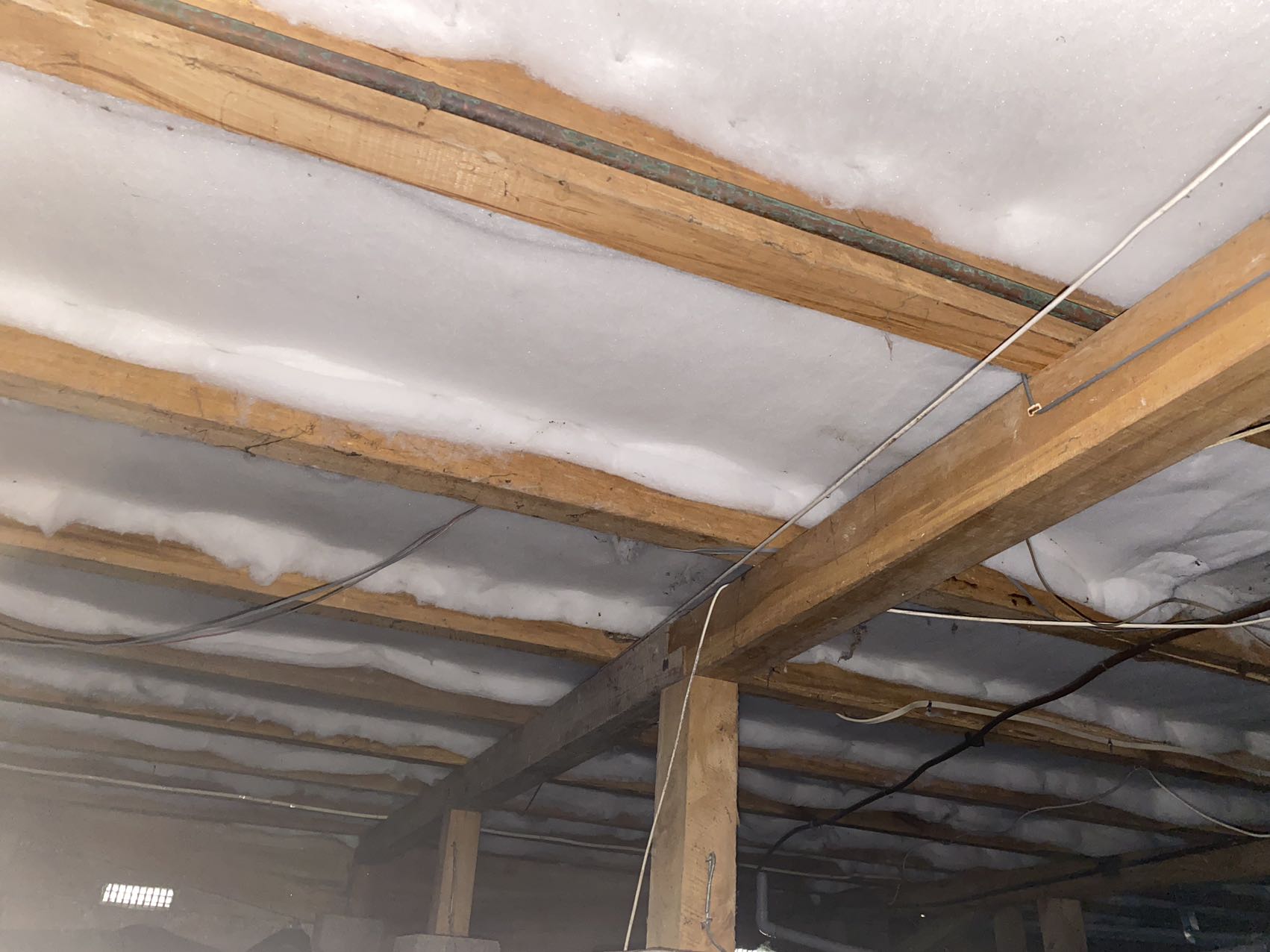
Insulating between floors in a multi‑storey home brings both thermal and acoustic benefits. Landlords and renovators should consider mid‑floor insulation when assessing energy efficiency and tenant comfort. This article explains when it is appropriate and what advantages it delivers.
Why mid‑floor insulation can help
Insulating the space between floors helps reduce sound transfer—both airborne noise (voices or music) and impact noise (footsteps or moving furniture). Acoustic insulation, particularly denser batts, slows thermal transfer too, contributing to more consistent temperature control between levels.
This strategy also creates separate thermal zones in your home. With insulation between levels, you can focus heating or cooling on one floor without large losses to adjacent areas. That saves energy and supports tenant comfort.
Where NZ insulation standards apply
Insulation rules under the Healthy Homes Standards and the Building Code focus on ceilings, underfloors and walls—not mid‑floors. Ceiling insulation must meet R2.9 in climate zones 1 and 2, or R3.3 in zone 3. Floors under living spaces must have at least R1.3 insulation unless there’s another habitable level above or below, in which case insulation is not required in that shared floor.
Therefore, if floors divide two habitable spaces, insulation between them is not mandated by law, though it may still offer value.
Benefits of adding insulation between floors
- sound control—reduces noise transmission between levels
- thermal separation—allows targeted heating or cooling
- energy savings—heat energy stays contained on the intended floor instead of moving freely between levels
When it makes sense
Mid‑floor insulation is most useful during major renovations or new builds, when access between floors is open. Installing insulation in this position is similar to insulating ceilings, fitting batts between joists.
It is not necessary in homes where floors already form part of separate apartments or levels designated as separate habitable zones; in those cases mid‑floor insulation is neither required nor usually practical.
Products and specifications
Dense acoustic batts (for example R2.5‑R4.0 rated products) are recommended between floors. Some suppliers offer high density acoustic options labelled R2.5HD to R4.0HD, sized to fit standard joist widths such as 430mm or 580mm.
Installation should ensure batts fit snugly between joists without compression or gaps. Proper fitting serves both sound absorption and thermal performance.
Consider also sealing any rim‑joist, perimeter or service penetrations to reduce drafts or convective losses.
Limitations and diminishing returns
Once underfloor insulation meets around R1.8, additional gains from higher R‑values are minimal. Data shows floors account for a small share of heat loss—about 5 %—with walls and windows playing a larger role in overall efficiency.
Thus, while mid‑floor insulation offers improved acoustic and thermal zoning, its impact on whole‑house energy savings is secondary to ceiling, wall and underfloor insulation.
Maintenance and retrofit considerations
Adding mid‑floor insulation is easiest during construction or renovation. If the floor structure is fixed or ceilings are inaccessible, retrofitting may require raising floorboards or removing ceiling linings. These situations often require building consent if fire‑rated or structural walls are involved.
Careful attention is needed where insulation may trap moisture or encourage mould. Use materials suited for enclosed joist voids and ensure ventilation where necessary
Summary for landlords
Insulation between floors is not legally required in New Zealand unless there is no separate habitable space above or below. It can, however, deliver meaningful acoustic benefits and assist with thermal zoning. When installing insulation batts between levels, dense acoustic products rated R2.5HD or higher work well.
Landlords focused on energy efficiency should prioritise ceiling, underfloor and wall insulation first, since they account for the largest heat loss. Mid‑floor insulation adds comfort and zoning but offers limited whole‑home thermal impact.
Need support?
If you would like an assessment of whether your property could benefit from mid‑floor insulation, or need guidance on products and installation, get in touch with Panda Solutions at pandasolutions.co.nz.
